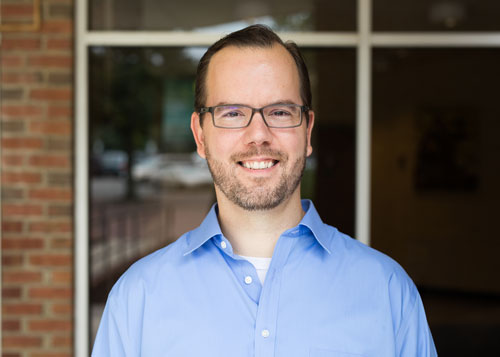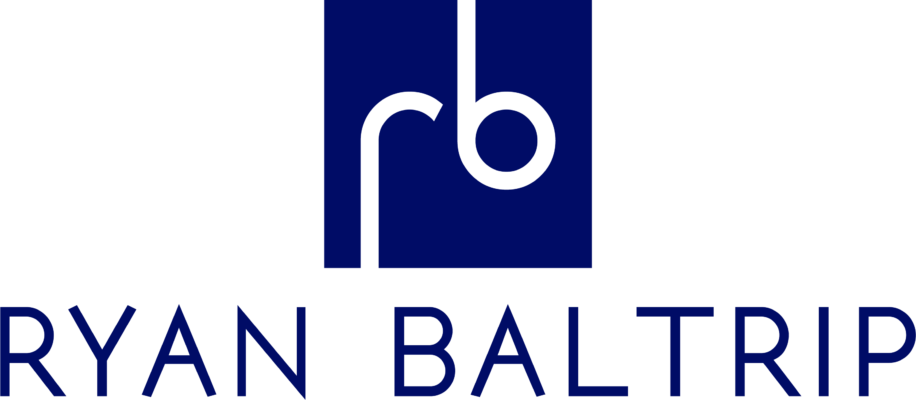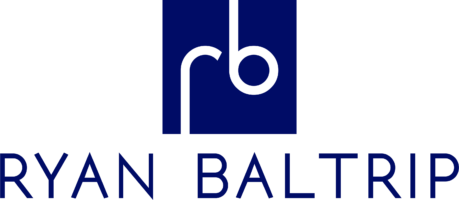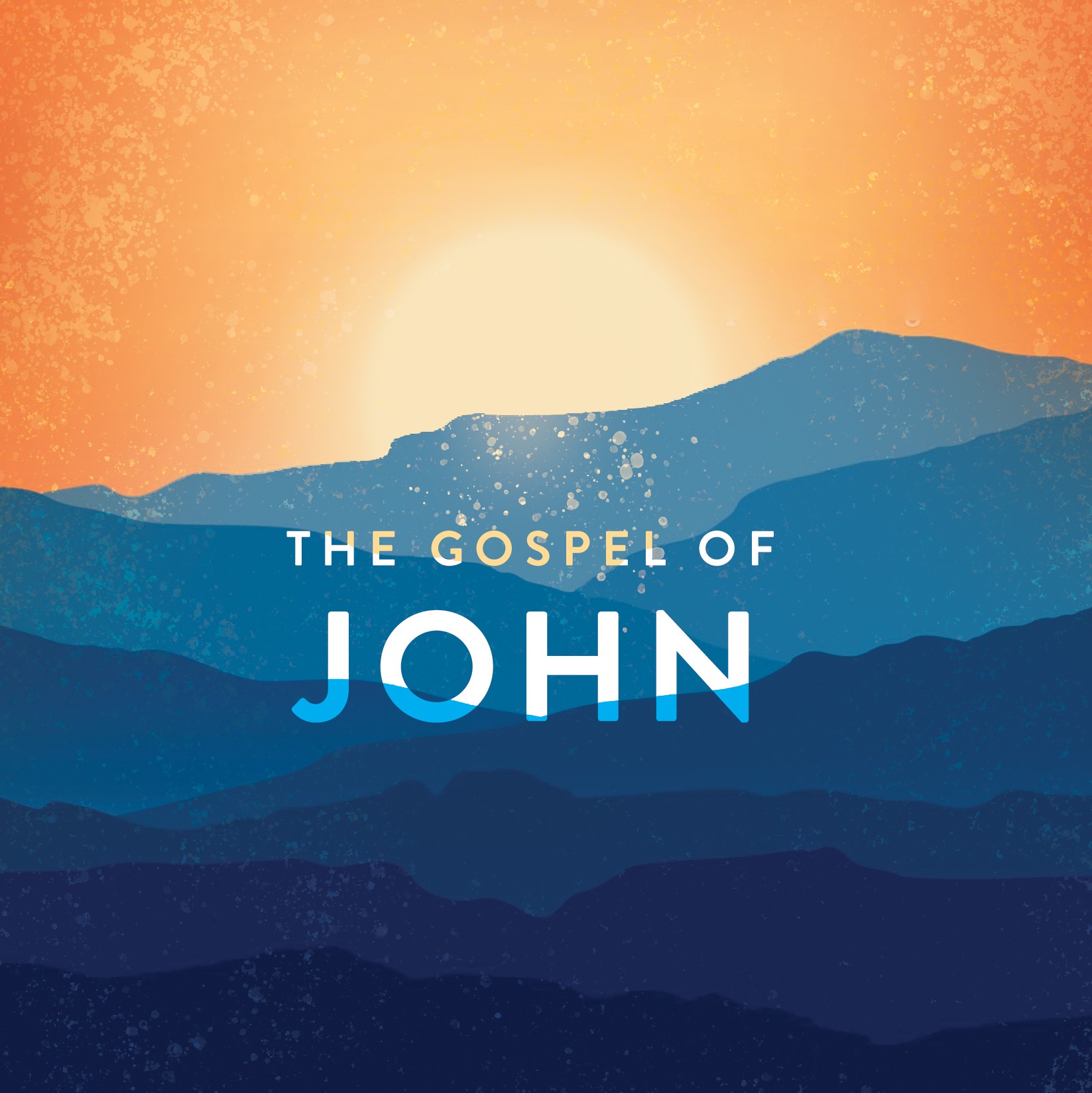Building a Strong Foundation: A University-Wide Learning Technologies Governance Framework
A well-defined governance structure is essential for the successful implementation and oversight of any university’s online learning initiatives. This blog post explores the key components of a university-wide learning technologies governance framework, drawing on the example provided (though it’s important to note that specific titles and reporting structures may vary depending on your institution).
1. The Executive Council: Setting the Strategic Direction
- The Executive Learning Technologies Council provides high-level oversight and strategic direction for the university’s learning technologies.
- This council is likely comprised of senior leaders from various departments across the institution, with a vested interest in online learning.
- Their focus would be on ensuring that the university’s learning technologies strategy aligns with the institution’s overall academic goals.
2. The Strategic Team: […]
Planning New Professional Education Programs: A Look at Key Considerations
Developing new professional and continuing education (CE) programs requires careful planning and thoughtful consideration of various factors. This post explores some of the key elements you might encounter when reviewing a spreadsheet outlining potential CE program offerings, drawing from the sample data provided (though it’s important to note that specific details will vary depending on your institution and program).
1. Program Options and Considerations
- Program Length: The spreadsheet might show you a range of options for program lengths, from shorter online courses to full-fledged certificate programs.
- Course Formats: The data might include various delivery formats like fully online, blended (online with in-person elements), or on-campus intensives.
- Break-Even Analysis: This analysis would show the minimum number of students required to cover the program’s costs.
Building an Effective Online Program Marketing Budget for Higher Education
In today’s competitive online learning landscape, a strategic marketing budget is essential for attracting qualified students to your institution’s programs. But where do you begin? This blog post explores the key elements to consider when crafting an online program marketing budget for higher education, drawing on insights from a sample budget.
1. Identifying Your Target Audience
- Program Specific: Tailor your marketing strategy to the unique needs and interests of prospective students for each program.
- Consider Demographics: Age, location, professional background, and interests will all influence how you reach potential students.
2. Marketing Channels
- Organic Search Engine Optimization (SEO): Optimize your program’s webpages to rank higher in search results for relevant keywords. This is an ongoing, cost-effective strategy.
- Paid Search Engine Marketing […]
The Data-Driven Blueprint for Successful Online Programs
Launching and sustaining a successful online program takes more than just a great idea. It requires careful planning, a solid understanding of the numbers, and a clear vision for the student experience. Three essential tools – the pro forma, enrollment cascades, and course sequence cascades – offer institutions a multi-faceted lens through which to plan, analyze, and make data-powered decisions when establishing and scaling online programs.
1. The Pro Forma: Your Financial Roadmap
Think of a pro forma as the financial blueprint for your online program. It’s a model that projects your expected multi-year revenue, expenses, and profitability. A well-crafted pro forma helps answer these critical questions:
- Feasibility: Can this program sustain itself financially? When will it break even?
- Resource Allocation: Where should […]
Inside the World of a Chief Online Learning Officer: 3 Days of Innovation, Collaboration, and Strategic Leadership
Over the past 30+ years, online learning leadership has been growing and evolving. But what does it look like to serve a large, entrepreneurial institution as the Chief Online Learning Officer (COLO)? What does life actually look like on the ground for this role? To offer a transparent, behind-the-scenes glimpse, this post draws from three days in the life of a university’s COLO. While some elements may be specific to this institution, the overarching themes reflect the fast-paced, entrepreneurial, and strategic nature of effectively leading online learning initiatives.
Day 1: Balancing Pricing Strategy, Professional Development, and Cross-University Collaboration
The first day highlights a blend of high-level strategic thinking and hands-on problem-solving. These were/are all things worked on during one actual day of work.
Flipped Community: Decentralizing Online Learning
Several years ago, I was working on a draft paper that discusses decentralizing online learning by flipping our concept of a learning community. The notes below summarize the draft paper, which, at the moment, remains still incomplete and unfinished.
The concept of “flipping” is popular in education. It implies a change for the better, whether in course design (“flipped classroom”) or, as proposed in this article, the underlying concept of “learning community.”
Flipping Community: A New Approach
The authors argue that the traditional notion of “learning community” in higher education is problematic for several reasons:
- Lack of Theoretical Grounding: They critique the field for its fragmented approach and lack of a unifying theory of learning community and social presence in courses.
- […]
About

Dr. Ryan Baltrip, Assistant Professor of Marketing at Old Dominion University and Associate Director of the Loyalty Science Lab, brings a blend of academic rigor and industry experience. With a background from the University of Florida, he has demonstrated strategic leadership and marketing success. A pioneer in online learning, Ryan has spearheaded over 50 programs serving 40,000+ students, generating $50M+ annually, and earning national accolades. Specializing in digital marketing, brand management, leadership, consumer behavior, and entrepreneurship, he’s dedicated to preparing future leaders by connecting academia with real-world business.
Many people read the Bible, but how many do not understand it? The Bridge Bible was created to help address this problem. In clear and straightforward language, the Bridge faithfully translates the original biblical texts into an innovative, user-friendly, and easy to understand Bible. The Bridge Bible is a Bible for the 21st Century. It is the most dynamic Bible translation available and will help you fill the gap between the biblical and contemporary world.
Click any of the covers below to see the books of the bible that are available now or visit www.bridgebible.net to learn more.












